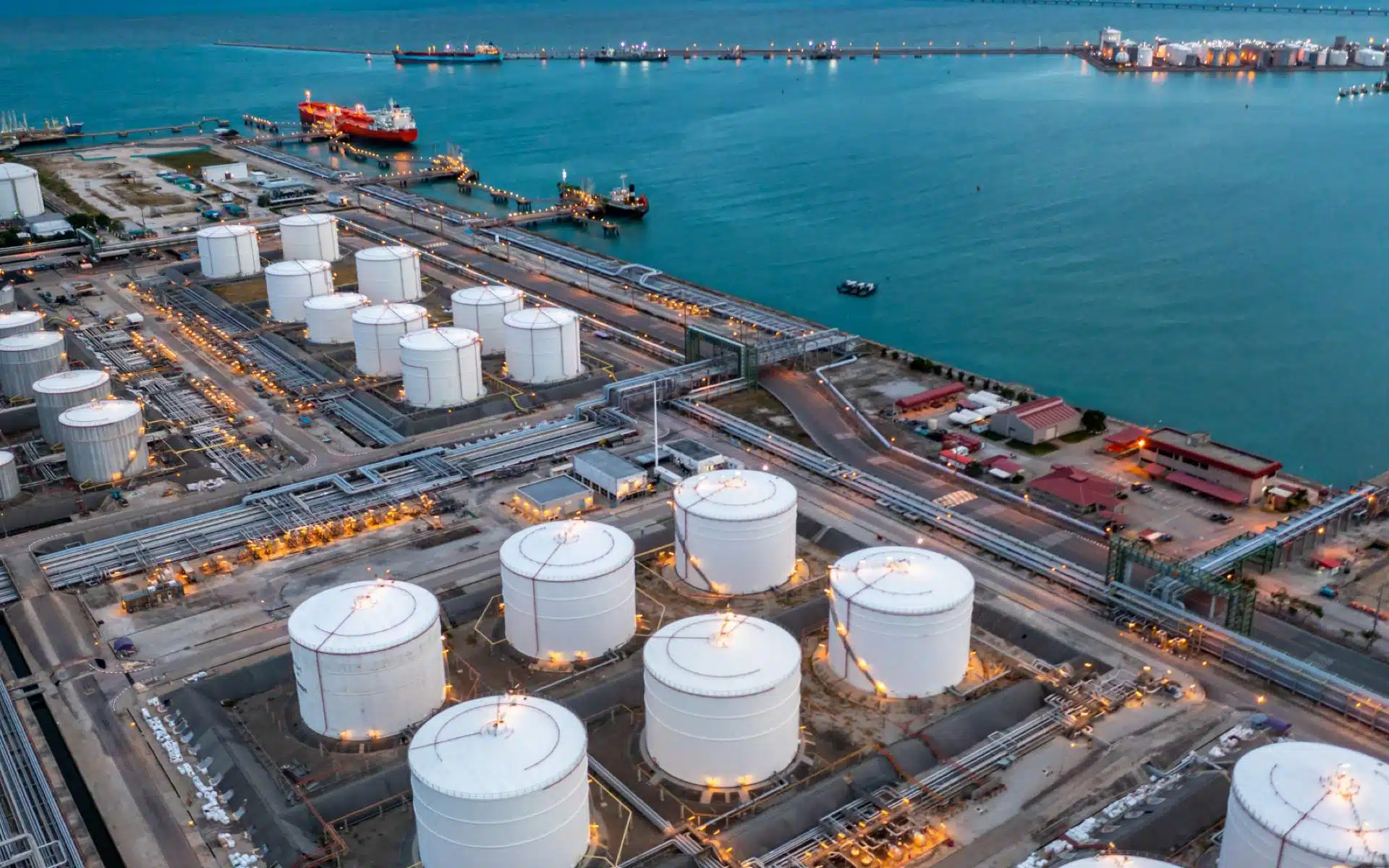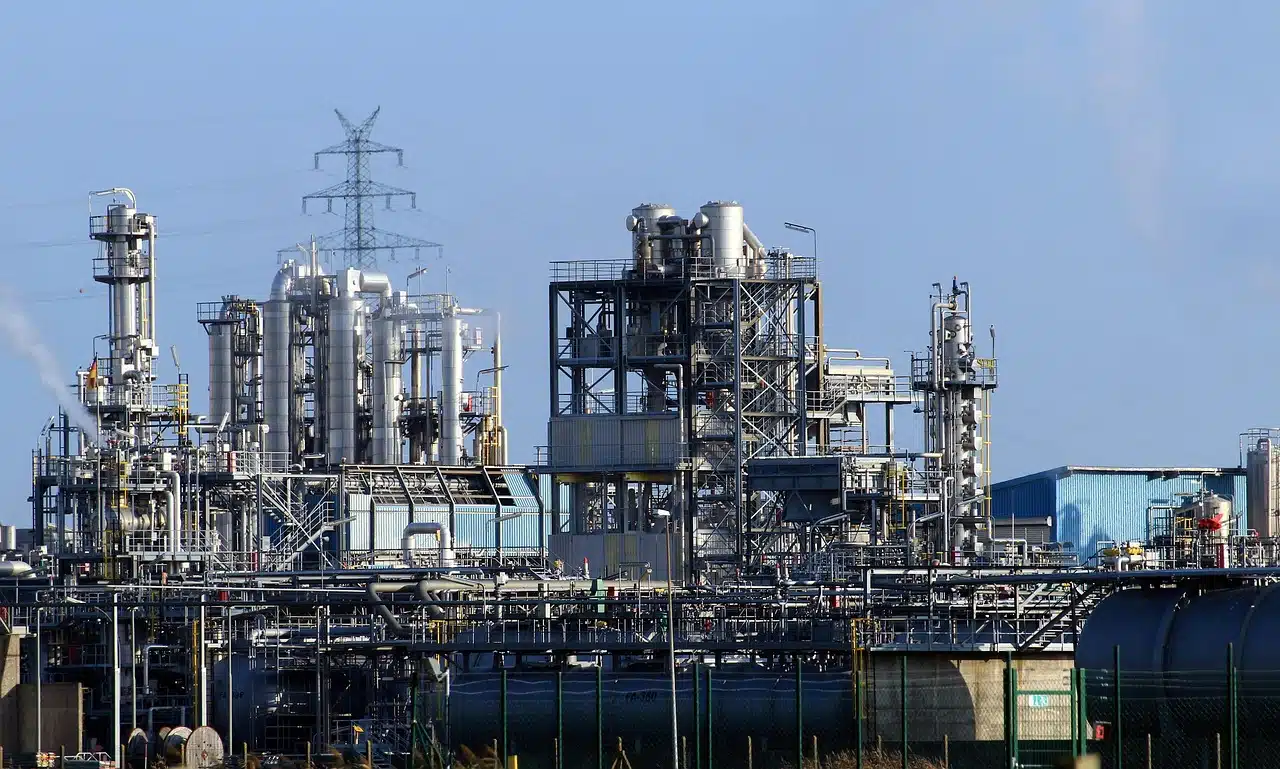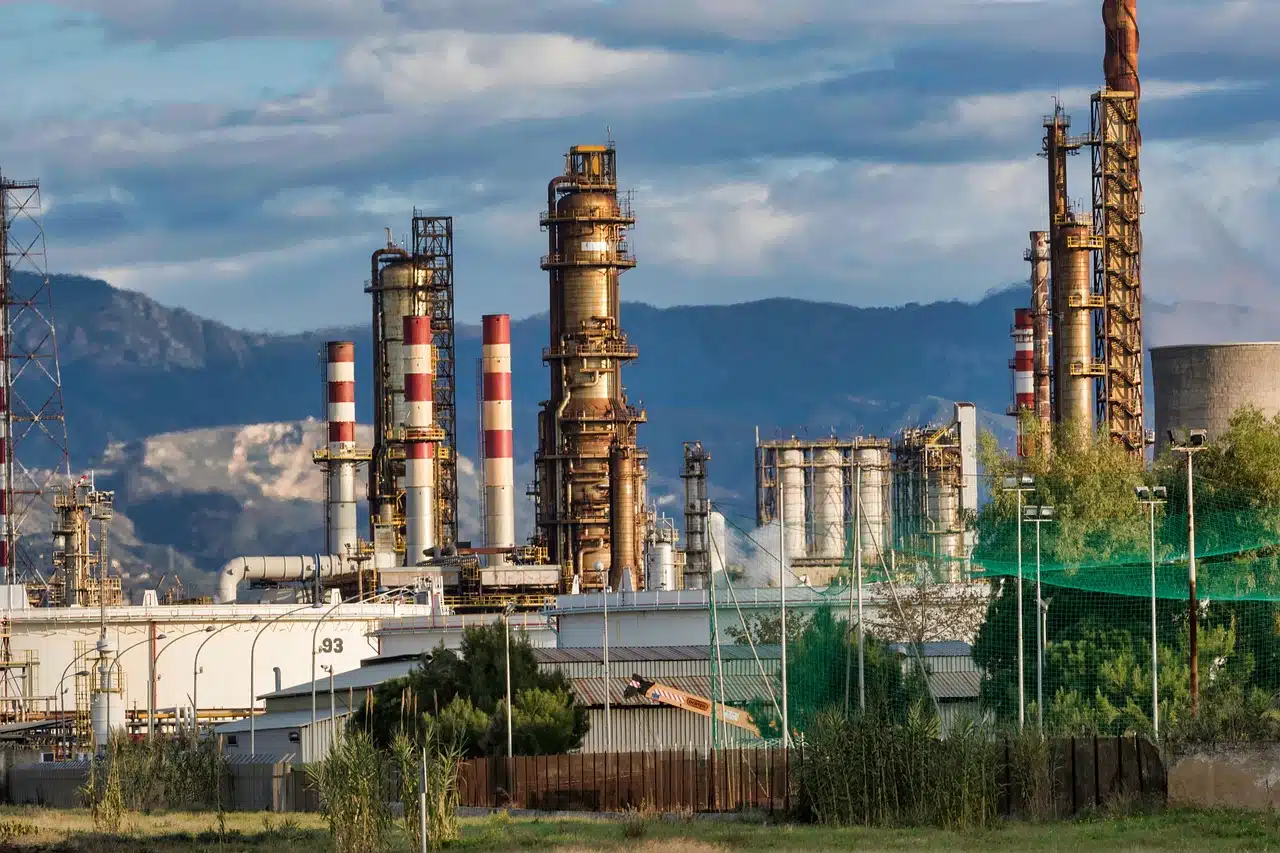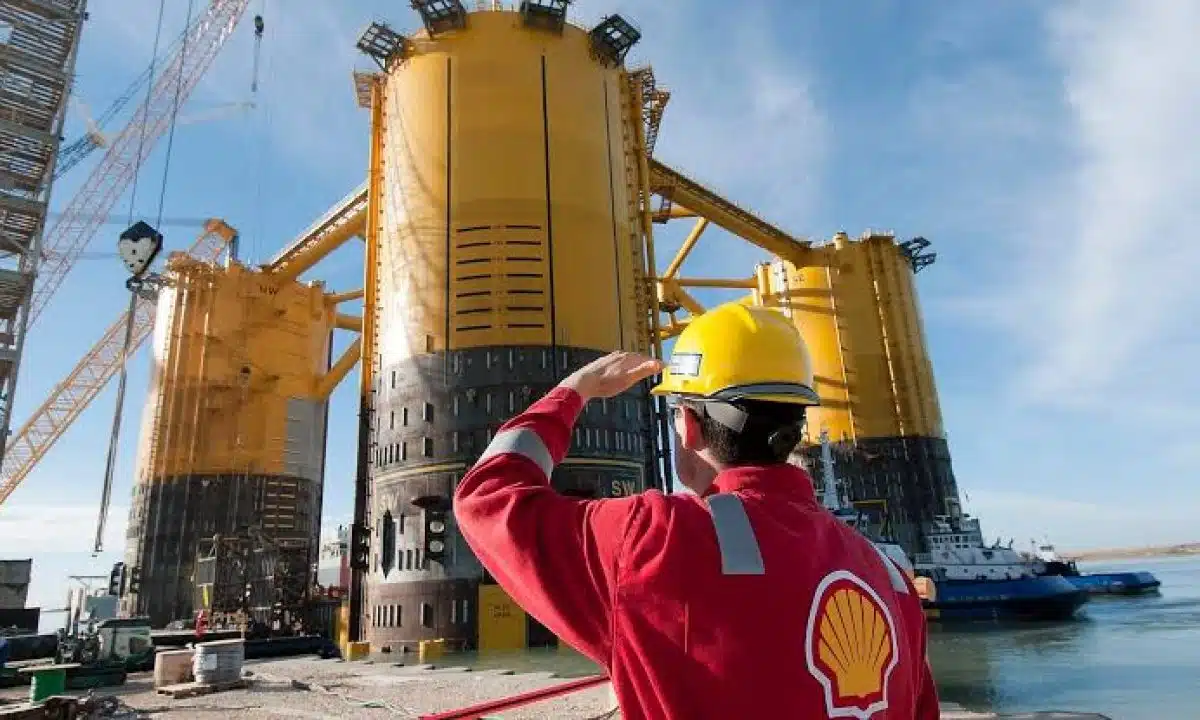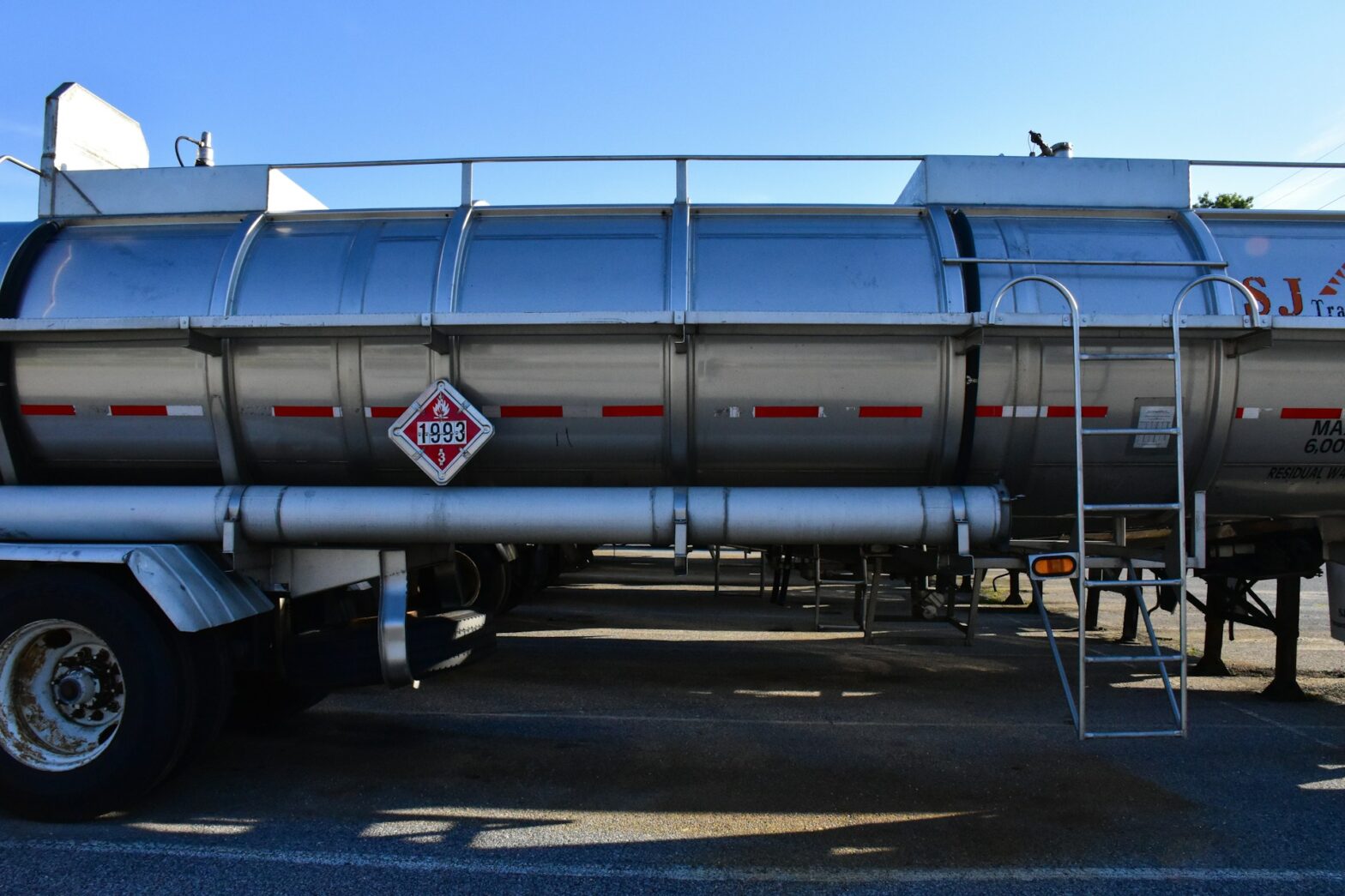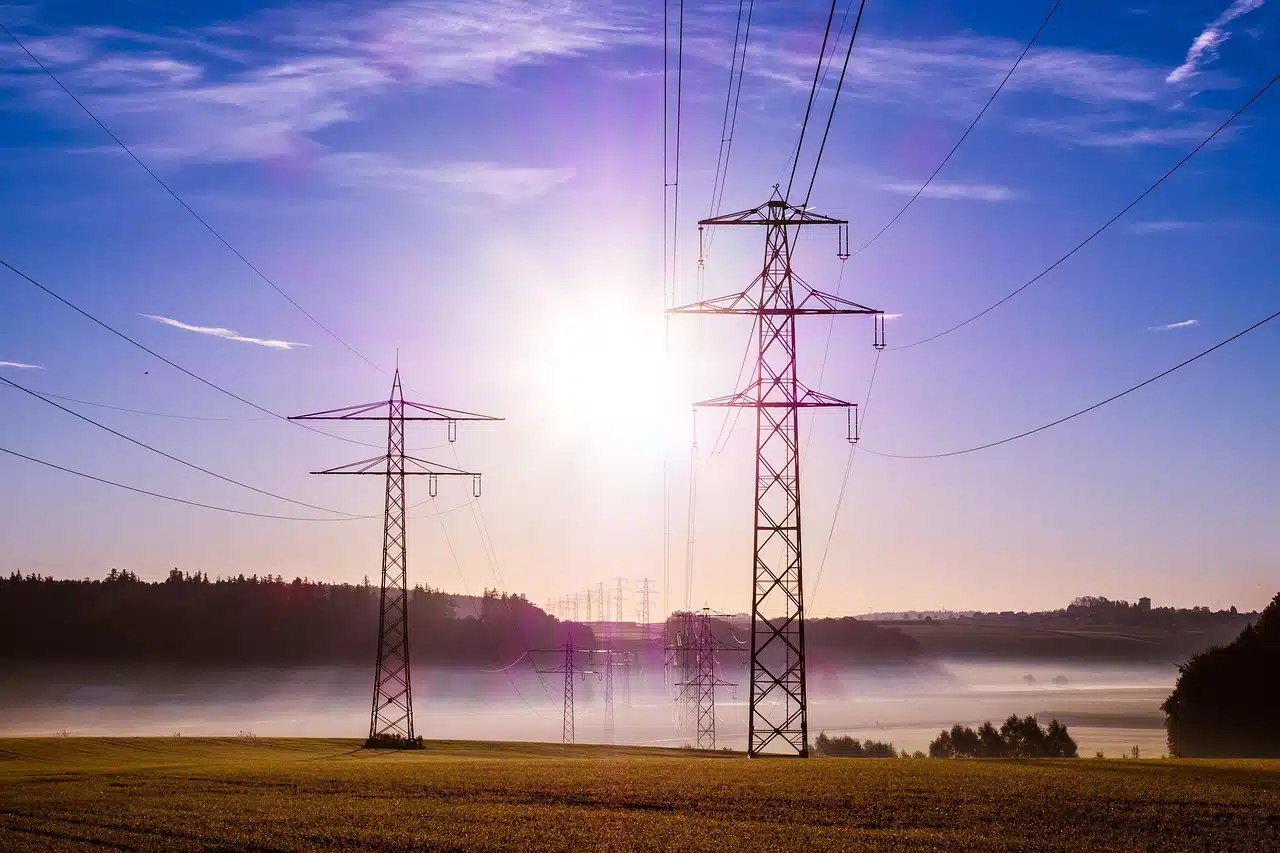Nigeria, Africa’s largest oil producer, relies heavily on a network of oil export terminals to ship crude oil to global markets.
These terminals—located both offshore and onshore—are critical components of the country’s oil and gas infrastructure, playing a vital role in revenue generation and the broader energy economy.
Oil export terminals are facilities where crude oil and condensates are stored, metered, and loaded onto vessels for export. These terminals typically include storage tanks, pipelines, loading arms or buoys, and metering systems that track volumes and quality.
Typically linked to pipelines to producing oil fields—onshore and offshore—oil terminals are critical facilities for every oil-producing and exporting country.
Nigeria has over 30 oil terminals, although only 23 of them are currently operational.
Here are some of the top 5 most important oil export terminals in Nigeria:
1. Qua Iboe terminal (QIT)
The Qua Iboe Terminal (QIT), situated near the Qua Iboe River estuary in Ibeno, Akwa Ibom State, stands as one of Nigeria’s most significant oil export facilities.
Established in 1971 and operated by Seplat Energy Plc, QIT plays a crucial role in the nation’s petroleum industry. Recall that in December 2024, Seplat Energy acquired QIT alongside other assets from ExxonMobil.
The terminal is strategically positioned along Nigeria’s southeastern coastline and facilitates efficient export operations.
The terminal boasts a substantial storage capacity of approximately 8.52 million barrels of crude oil, making it the largest onshore terminal in the country.
Its infrastructure includes nine crude oil storage tanks and a Single Point Mooring (SPM) system located 23 miles offshore, capable of accommodating vessels up to 312,000 Deadweight Tonnage (DWT).
An extensive network of offshore pipelines connects over 10 production platforms and 60 wellhead platforms to QIT, underscoring its central role in ExxonMobil’s Nigerian operations.
As of May 2023, the terminal reported a significant increase in crude oil and condensate production, reaching over 4 million barrels, up from approximately 1.97 million barrels in April 2023. QIT is the export route for the popular Qua Iboe Light crude.
2. Bonny oil and gas terminal (BOGT)
The Bonny Oil and Gas Terminal (BOGT), located on Bonny Island approximately 48 kilometers southeast of Port Harcourt in Rivers State.
Commissioned in 1961, BOGT is one of Nigeria’s oldest, largest, and key assets in the country’s oil and gas sector, serving several onshore and offshore fields in Nigeria.
Operated by Renaissance Group, following its acquisition from Shell Petroleum Development Company (SPDC), the multiple purpose terminal plays a crucial role in the processing and exportation of the nation’s petroleum resources.
Though it has a smaller storage capacity of 13 million barrels of crude compared to Qua Iboe’s 8.52 million, BOGT is often recognized as the largest terminal in Africa due to its processing and export capabilities of up to 1.25 million barrels of crude oil per day.
The facility primarily handles Bonny Light crude, a high-quality, light-sweet crude oil favored in global markets.
The terminal’s infrastructure includes multiple storage tanks, processing units, and two Single Buoy Moorings (SBMs) located approximately 14 nautical miles offshore, facilitating efficient loading operations.
The terminal has an extensive pipeline network that feeds into it, with the Trans Niger Pipeline (TNP) and the Nembe Creek Trunk Line (NCTL) being the primary conduits.
The terminal also receives crude oil from the Forcados Oil Pipeline System, which is the second-largest pipeline network in Nigeria’s oil-producing region.
The Bonny terminal is run in conjunction with nearby Forcados terminal in Delta State, also operated by the Renaissance Group since their pipeline system is linked.
3. Escravos oil terminal
The Escravos Terminal, located in Delta State, Nigeria, is an oil facility operated by Chevron Nigeria Limited (CNL).
With a total installed storage crude capacity of 3.6 million barrels, it serves as a central point for the collection, processing, and exportation of the flagship Escravos Light and natural gas.
Built in 1989, the Escravos Terminal is strategically positioned to facilitate the export of petroleum products.
The facility is equipped with extensive infrastructure, including storage tanks and processing units, to handle substantial volumes of hydrocarbons.
Crude oil gathered from various fields is processed at the Escravos tank farm before being transported via pipeline to an offshore terminal for export.
One of four major terminals in Nigeria, Escravos is connected to an extensive pipeline network that gathers oil, water, and associated gas from key blocks operated by the Chevron/Nigerian National Petroleum Company Limited (NNPCL) Joint Venture.
In addition to oil exportation, the Escravos Terminal is integral to Nigeria’s gas utilization efforts. The Escravos Gas-to-Liquids (EGTL) plant, a collaborative project between Chevron and NNPC Ltd., converts natural gas into high-quality liquid petroleum products.
In August 2022, Seplat Energy commenced the commercial injection of crude oil through the new Amukpe-Escravos pipeline.
This 67-kilometer pipeline provides an additional export route, connecting Seplat’s assets to the Escravos Terminal.
4. Brass oil terminal (BOT)
The Brass Oil Terminal, located on Brass Island in Bayelsa State, Nigeria, is a key infrastructure in the nation’s petroleum sector.
Built in 1970 and operated by the Nigerian Agip Oil Company (NAOC), a subsidiary of Eni, the terminal plays a significant role in the exportation of Nigeria’s crude oil.
Situated approximately 113 kilometers southwest of Port Harcourt, the Brass Terminal is strategically positioned near the Niger Delta’s oil-rich fields.
The facility comprises storage tanks with a total capacity of about 3.558 million barrels and utilizes two Single Buoy Moorings (SBMs) for offshore loading operations.
The terminal has an export capacity of up to 200,000 barrels of crude oil per day. The primary crude grade handled is the Brass River blend, known for its light and sweet characteristics, making it favorable in international markets.
The terminal maintains an extensive pipeline system that connects it to various oil fields in the Niger Delta.
This network facilitates the transportation of crude oil, water, and associated gas from the joint venture’s fields in the northern delta and southern swamps to the terminal for processing and export.
In October 2024, the Nigerian government signed a deal with joint venture partners, including Shell, TotalEnergies, and Eni, to supply gas to the proposed $3.5 billion Brass Fertilizer and Petrochemical Plant.
This project aims to monetize Nigeria’s vast gas reserves and is expected to generate significant revenue from petrochemical exports.
The Brass Petroleum Products Terminal (BPPT), co-owned by NCDMB, NNPC Ltd, and ZED Energy. The petroleum terminal can hold up to 50 million litres of products
5. Nembe oil export terminal (NOET)
The Nembe terminal, located in Nigeria’s Bayelsa State, represents a significant advancement in the country’s oil export capabilities.
The facility was commissioned in November 2023, and was developed through a collaboration between the NNPC Ltd. and Aiteo, offering a more secure and efficient route for exporting crude oil.
Unlike the rest, Nembe is an offshore facility boasting a Floating Storage and Offloading (FSO) vessel with a storage capacity of 2 million barrels.
It can handle up to 25,000 barrels per hour and facilitate the export of over 3.6 million barrels of crude oil monthly when operating at full capacity
Prior to the terminal’s inception, crude oil from the Nembe fields was transported via the Nembe Creek Trunk Line (NCTL) to Bonny Oil Terminal.
However, frequent incidents of sabotage and theft along the NCTL led to significant production disruptions.
In response, the NNPC/Aiteo joint venture initiated the development of the Nembe Crude Oil Export Terminal to ensure a more reliable export pathway.
The terminal features state-of-the-art infrastructure designed to handle substantial export volumes.
It serves as the primary export point for the newly introduced Nembe crude oil grade, known for its low sulfur content and reduced carbon footprint, aligning with stringent European market specifications.
Despite its advantages, the terminal has faced challenges. In June 2024, a leak was detected at the Nembe Creek facility, leading to a temporary halt in production of approximately 50,000 barrels per day.
Most of the major oil terminals in Nigeria are decades old and require upgrades save the Nembe offshore terminal, which was commissioned recently.
More insights
Overall, Nigeria’s oil export terminals are critical to its economic lifeblood. These facilities play strategic importance to the Nigeria’s economy in the following ways:
- Over 90% of Nigeria’s foreign exchange earnings come from oil exports these
- Terminal operations support jobs and local suppliers in oil-producing regions.
- Terminals are strategic assets that influence Nigeria’s position in OPEC and global oil markets.
Nigerian oil terminals continue to face significant challenges, particularly from oil theft and pipeline vandalism.
Though illegal bunkering has been somewhat curtailed in recent times, its long-standing impact still lingers—causing frequent disruptions, especially at key terminals like Forcados and Bonny.
In March 2025, an explosion on the Trans Niger Pipeline (TNP) in Rivers State severely disrupted crude oil flows to the Bonny terminal, affecting Nigeria’s oil production, export volumes, and ultimately, oil revenues.
The transition to the Petroleum Industry Act (PIA) has ushered in changes that significantly impact terminal ownership structures and fiscal terms.
A major shift has been the wave of divestments by foreign oil companies, transferring ownership of several onshore crude oil terminals—previously operated by majors such as Shell, ExxonMobil, and Chevron—to Nigerian indigenous players.
As Nigeria navigates the global energy transition, boosting investment in oil terminal infrastructure and improving security around critical assets will be essential to sustaining export capacity and maximising oil revenues.

